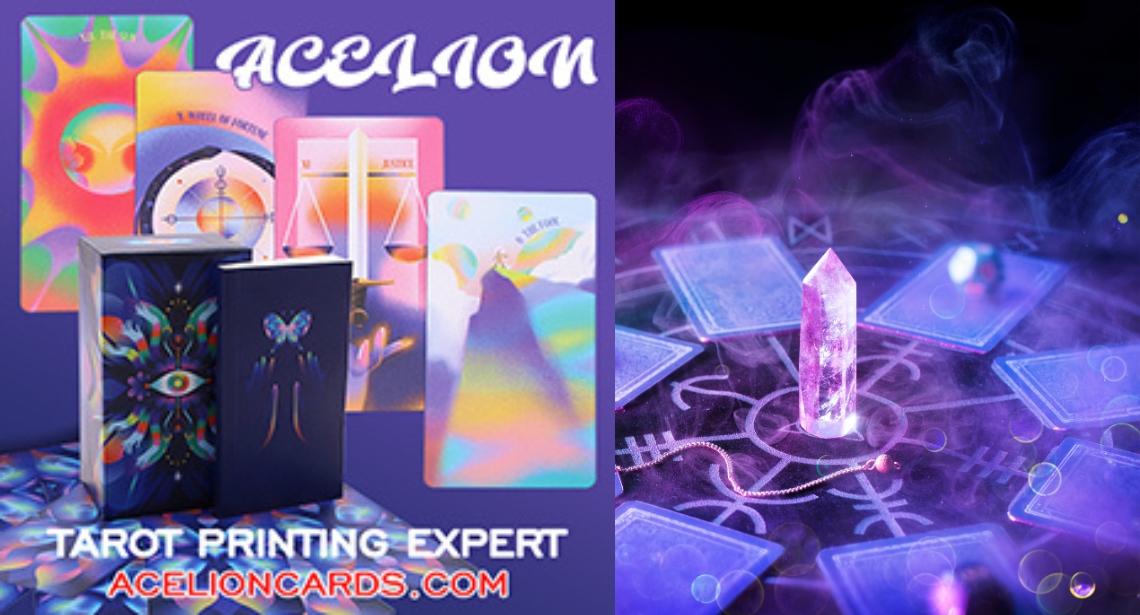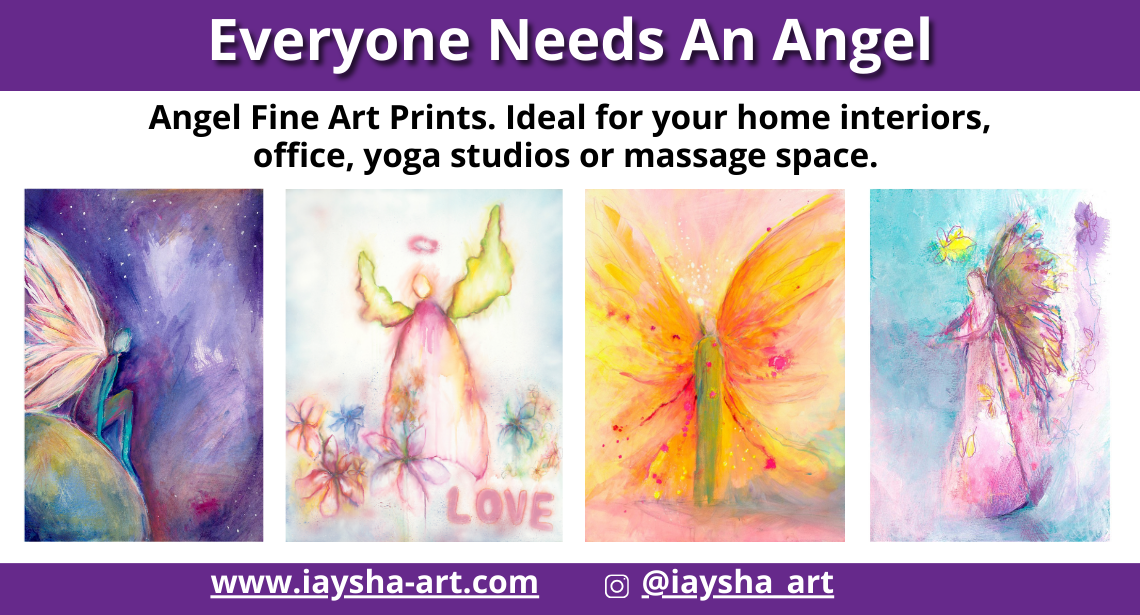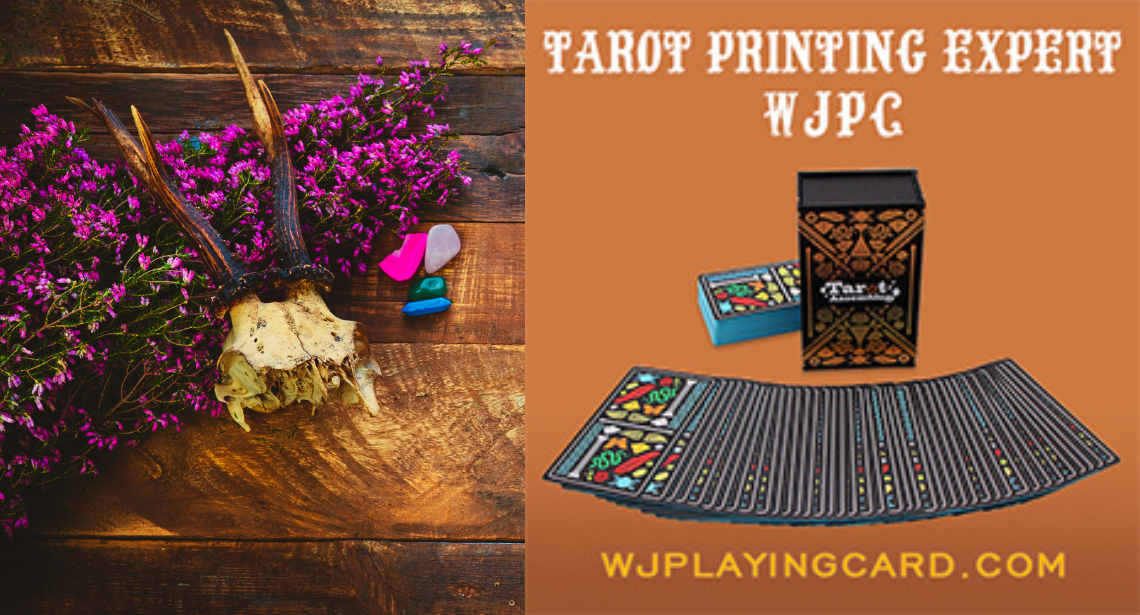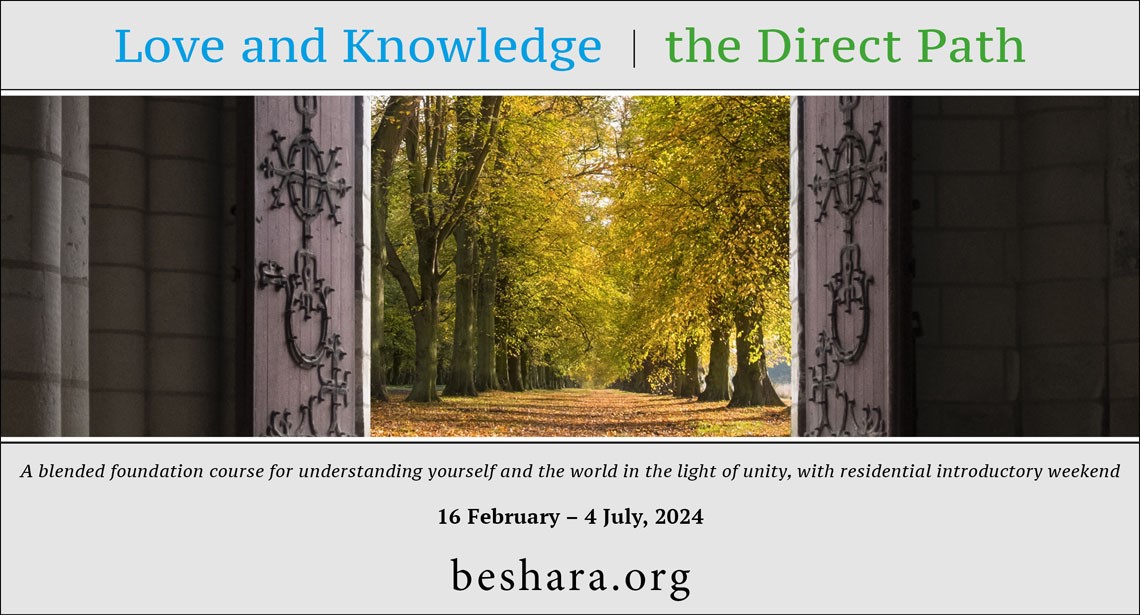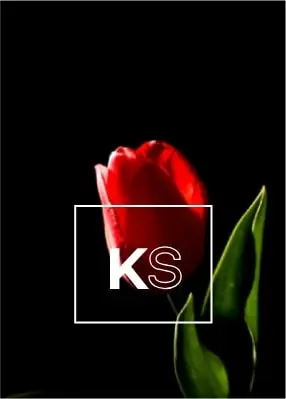Tarot-Based Holistic Life Coach Elizabeth Cooper teaches us seven ways to get to know ourselves better using tarot
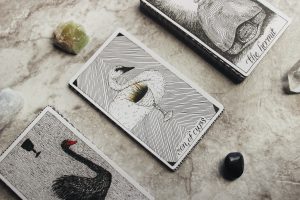
As humans, we're not meant to be static. We're designed to change, grow, and evolve. Just as we transform, so does our relationship with ourselves. And like any other relationship, it needs constant tending.
Tarot can be used in many ways: to connect with Source, as a divinatory practice, and in spiritual rituals. But my preferred method has always been using tarot for self-reflection.
Each of the 78 cards acts as a mirror we can glance into. As writer Anaïs Nin said, "We don't see things as they are; we see them as we are." This is especially true when we glance at a tarot card and extract meaning.
Here are a few strategies to get you started on the journey of self-discovery using tarot.
Select a deck that speaks to your soul
If you're choosing your first deck, you may prefer to browse at a local shop, where you can inspect the packaging and look at the sample cards printed on the back. Alternatively, you can browse online. Many sites offer a full array of images showcasing the cards.
Watch for signals from your inner voice letting you know which deck to choose. Perhaps you have an idea about the type of deck you'll get. A traditional one, for example, or a deck recommended by a friend. Yet you find yourself pulled toward the modern deck illustrated with images of playful cats. Your willingness to stay open to what truly speaks to you is the first step in connecting with your authentic self.
Visually represent your personality traits
Now that you have your deck in hand, it's time to make a personal connection.
Go through the cards, one by one, and notice the sensations shifting in your body. Does something about a specific card remind you of yourself? If so, set it aside.
Once you have a pile of cards that feels like you, jot down a few personality traits you recognize in each card, as well as in yourself.
Choose a card to serve as your North Star
Think deeply about where you are and where you want to be. Then imagine your goal as though you've already achieved it.
Next, look through the cards and set aside those that represent your vision made reality. Perhaps you're drawn to an image of a large house on a hill if you're dreaming of owning your own home. Or maybe you're entranced by the illustration of an artist at work if you're imagining quitting your day job and pursuing a creative path. Set aside all the cards that speak to you in this way, then choose the one with the most potent energy representing your vision made reality.
Take a photo of this card, make it your phone wallpaper, or tack it onto your bathroom mirror. The key is to use it as a reminder of your purpose and your path.
Become part of the scene
Draw a card at random. Familiarise yourself with the central figure(s), the colours, the themes, and the overall mood of the illustration.
Then imagine yourself stepping into the scene. What do you notice? Use all five senses and explore the imaginary realm expanding all around you. Are birds chirping, or are people murmuring quietly nearby? Can you taste the figs hanging full on the branches or the cold water burbling in the nearby brook? Can you smell the ocean? Everything that stands out to you is an indicator of the energies at play in your life. You'll want to pay attention.
When you're ready, step out and return your attention to your own reality. Make notes or journal at length on the experience.
Identify your emotional triggers
Only engage in this exercise when you're feeling calm, peaceful, and relaxed. You'll want to use plenty of self-compassion as you progress.
Go through the deck, looking for the cards that create a visceral negative response inside you. You may find yourself recoiling from a figure looking haggard and withdrawn. Or perhaps your heart beats faster when you see a child crying over a broken toy. Set these cards aside, and keep going until you've explored every card in the deck.
Look through the cards you've selected and name your emotions. Is that your own exhaustion reflected back at you? Is it pity or deep empathy that's squeezing your heart? Work backwards to discover what's causing the emotional trigger. Is it a symbol? The look on a figure's face? The scenario being portrayed?
Tie in your own life experience to the trigger you've identified. Then ask yourself: is there another way to perceive this?
For example, when glancing at the 8 of Swords, which typically shows a bound woman fenced-in by eight sharp swords, you may identify with feeling trapped. You'll want to ask yourself questions such as, "Is the figure really in pain? Is she truly trapped? Am I?"
Processing complicated feelings this way gives you just enough emotional distance to gain perspective.
Engage in gratitude finding
Keeping a gratitude journal is one of the best ways to improve your overall well-being, and yet it's easy to get stuck in a gratitude rut.
For this exercise, draw a card at random. Look for imagery, symbols, feelings and characters that mirror your own life experience.
Then, focus on those you're grateful for. Write down what comes up, and set an intention that you'd like to receive more of it.
Create a Wise Council
Separate the Major Arcana from the Minor Arcana. Choose three to five Major Arcana figures that will make up your Wise Council.
These archetypes will serve as your guides and trusted advisors. For example, the Hermit may offer you lessons in seclusion. At the same time, the High Priestess could help you connect with the mysteries of the subconscious.
Ask specific questions and listen for the answers. Converse with the figures. Allow your imagination to roam, and don't block what you're hearing.
Return to this council as often as you'd like. The more you ask for help, the more in tune you'll become with the figures' wisdom and guidance.
Be prepared: this type of self-development work is transformational. Engaging in profound self-discovery will ensure you'll never be the same. Which is a good thing, because you're meant to change, remember?
About the author

Elizabeth Cooper is a Tarot-Based Holistic Life Coach.
She's on a mission to transform restless spiritual seekers into clear-sighted intuitives who naturally access their wisdom and guidance.
Learn more about her via her website:













